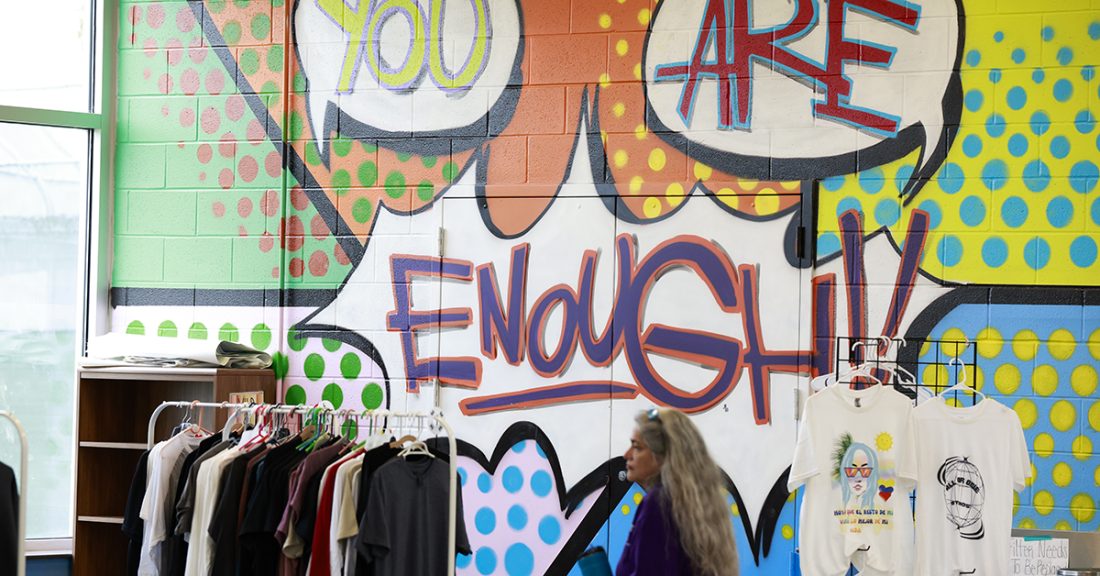Youth Lockup Facility Transformed Into a Community Hub

The Annie E. Casey Foundation has produced Transforming a Juvenile Facility and Youth Justice in Houston, Texas, a short film on the transformation of a Harris County juvenile correctional facility into a community hub. Called the Opportunity Center, it offers classes in which justice-involved youth — and the broader community — can develop skills and build relationships.
The six-minute video explains how the adaptive reuse of the building is part of a larger youth justice movement away from punitive approaches and toward options that promote accountability, positive connections and meaningful opportunities that help position youth for long-term success.
“I first toured this building in 2019, well before the transformation, and the atmosphere left our team shaken and sad,” recalls Danielle Lipow, a senior associate with the Casey Foundation. “It was hard to imagine it could ever be more than a prison. Visiting The Opportunity Center today leaves me inspired, hopeful and eager to see what’s next.”
Repurposing a Youth Correctional Facility
Viewers are given a short history of the building formerly known as the Burnett-Bayland Rehabilitation Center, where confined youth spent nearly 80% of their time in four rooms. Today, The Opportunity Center houses learning labs and vocational workshops in which young people and community members benefit from offerings such as:
- academic classes, including GED exam prep;
- employment services;
- athletics;
- a recording studio; and
- hands-on vocational training.
“Now, as you walk through, you see young people in classrooms learning, thriving, creating relationships with each other and imagining a future that is much brighter,” explains Yumari Martinez, the founding executive director of Catalyze Justice. A juvenile justice reform expert, Martinez also consulted for the juvenile probation department in Harris County.
Rethinking Correctional Resources
Between 2014 and 2022, the number of young people referred to Harris County’s juvenile justice system fell by 43%. The change gave the county a chance to rethink its physical resources, including the use of the Burnett-Bayland Rehabilitation Center, which had served as a juvenile correctional facility for decades.
“In order for the kids to move their [lives] forward, they have to have the opportunity to do so,” Henry Gonzales, executive director of the Harris County Juvenile Probation Department, says in the film. He cites the work of programs such as Homeboy Industries in Los Angeles, California, Café Momentum in Dallas, Texas, and La Plazita Institute in Albuquerque, New Mexico, as inspiration for keeping youth safe and supported in their own communities while seeking to reduce, or even eliminate, youth involvement in the legal system.
“In repurposing this building, what we wanted to do was to make sure that our young people had opportunities to thrive.”
Read more on Harris County’s efforts to improve juvenile justice





